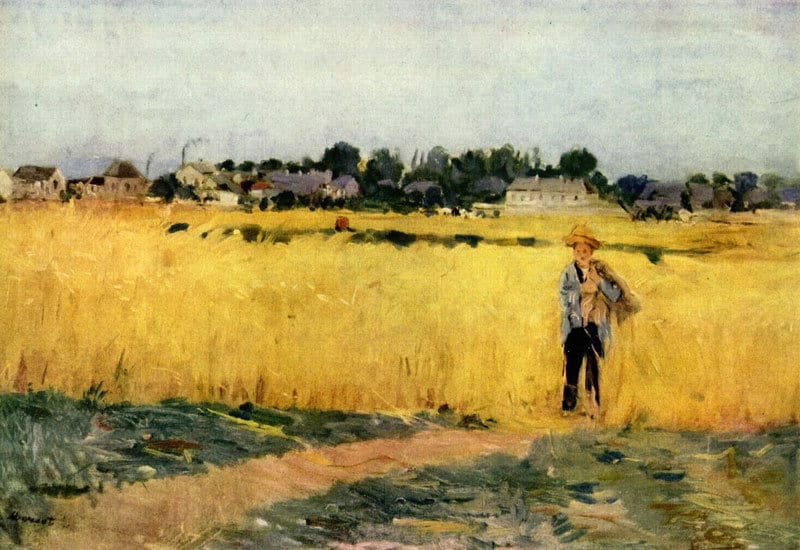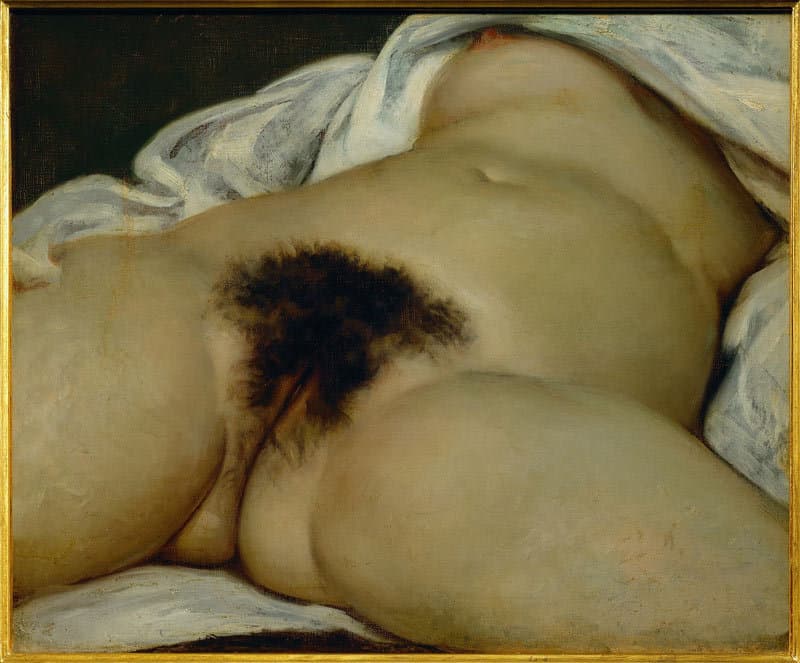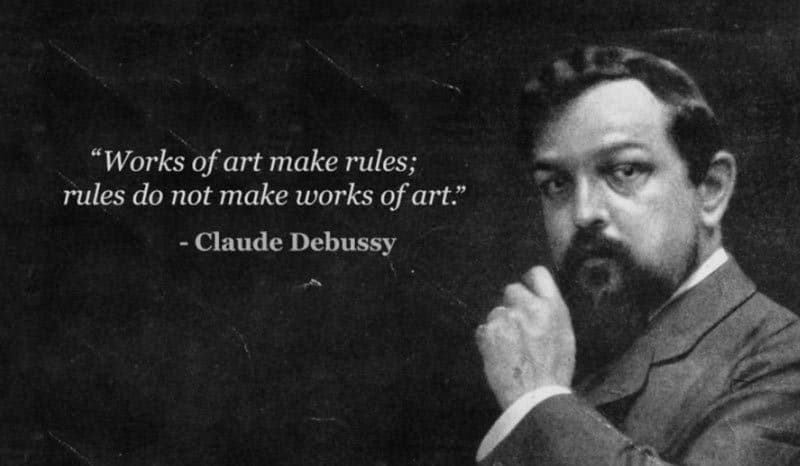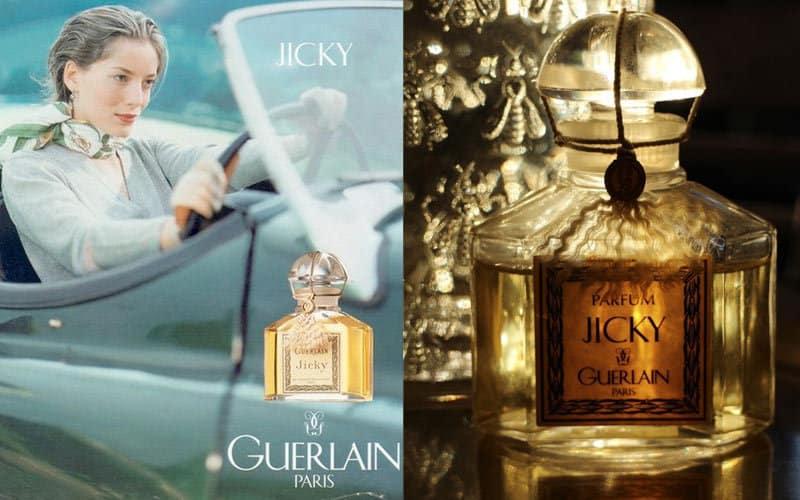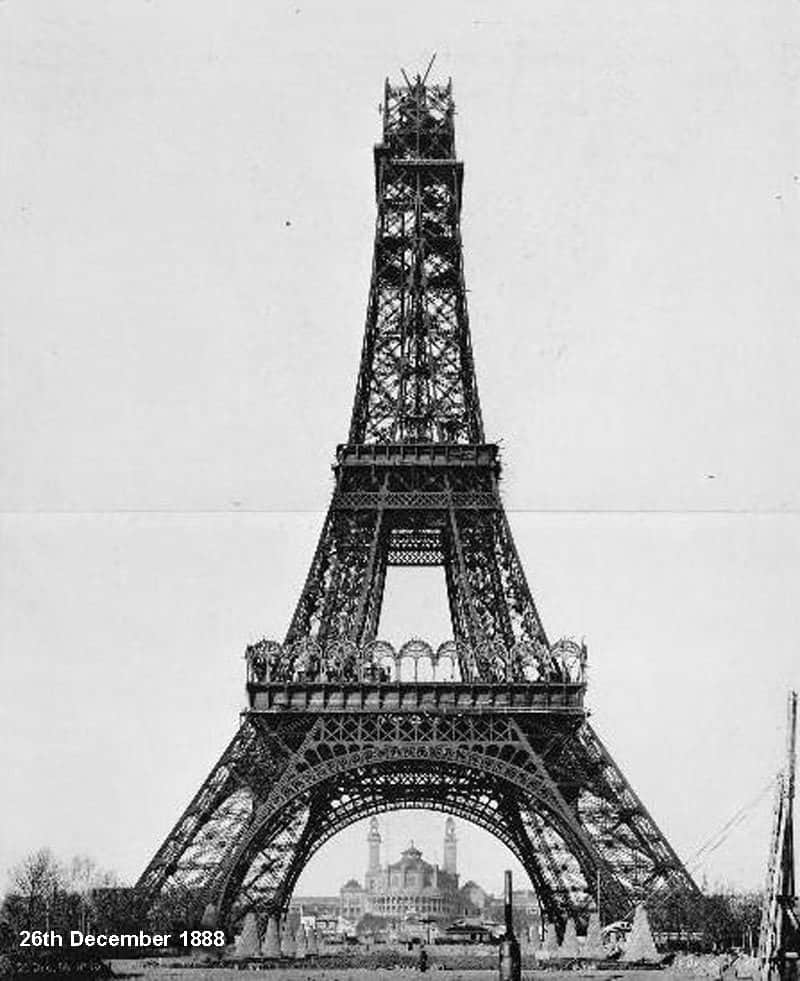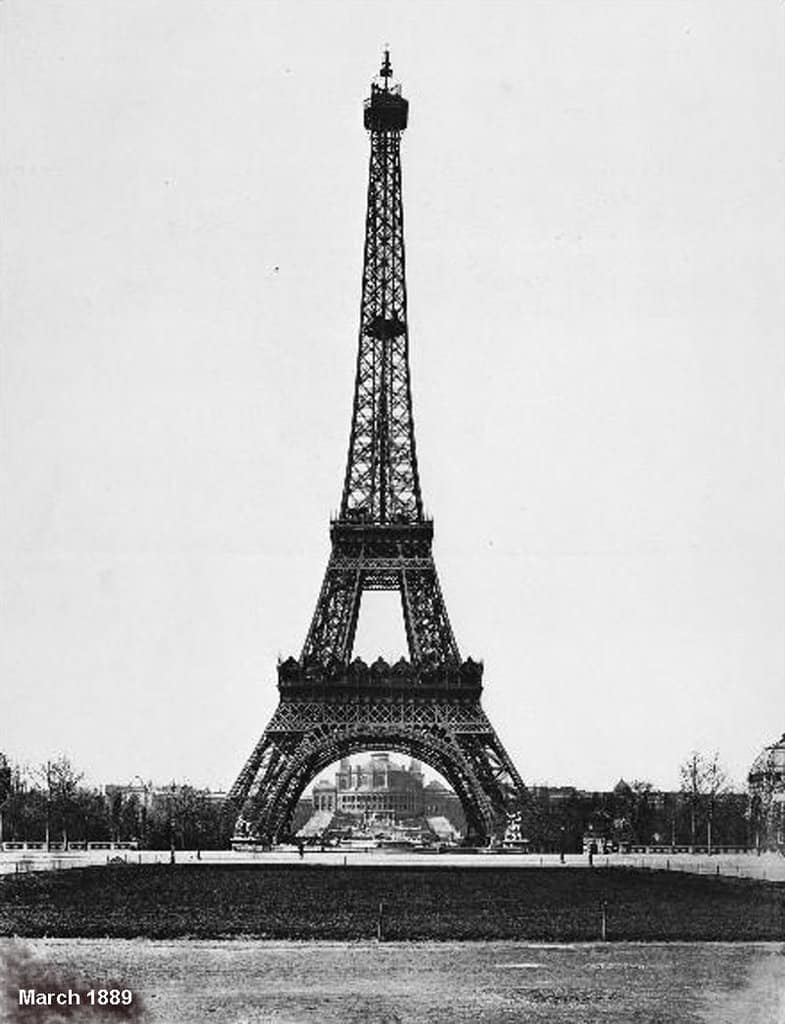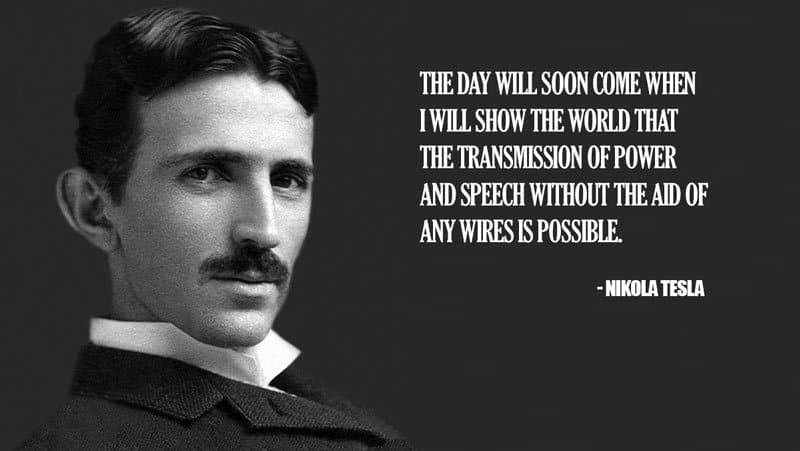If someone would ask me about my preferred moment in Arts, I would answer without any hesitation “THE 19TH CENTURY”. It crystalizes the heritage of the Enlightenment century with the Industrial revolution. Artists became more curious about nature, society and even the human relations. There is this aim to understand the past in order to shape the future. This curiosity initiated an age of exploration that reached all domains in Art. Here is a short recap about the creative minds who have influenced the 19th century in their respective domains and they are still references worldwide. Welcome to the glorious 19th century and the amazing feeling that everything is possible.
The 19th Century In Arts, A Beautiful Revolution
My approach of the 19th century needs to start with visual arts. This century brought such a creativity that we almost erased history. Sometimes we say that in order to innovate and bring a rupture, you need to master the current rules. Classicism was at its max, artists would follow the mainstreams in arts, painting epic battles and classic visions of society. But with the rise of a new generation of artists, the dream was much bigger than a simple history repeating. Different art movements like impressionism, surrealism, fauvism or pointillism got their peak during this amazing century and some painters became references for the next century.
Gustave Courbet (1819-1877)
Courbet is probably one of the most powerful, creative and complex artist of the 19th century. He led the Realism movement in painting. Committed to painting only what he could see, he rejected academic convention and the Romanticism of the previous generation of visual artists. His independence set an example that was important to later artists, such as the Impressionists and the Cubists. Courbet occupies an important place in 19th-century painting as an innovator and as an artist willing to make bold social statements through his work. Three main paintings should outstand from Courbet’s work: A Burial at Omans, The Painter’s Studio and of course L’Origine du Monde, here below.
Gustave Moreau (1826-1898)
Another Gustave but one of a kind: Gustave Moreau. He was a major figure of Symbolism painting, illustrating biblical and mythological figures. Although Gustave Moreau remains associated with Decadence or Symbolism, in reality he was, above all, an innovative history painter. His work was influenced by the Italian renaissance. Oedipus and the Sphinx, one of his first Symbolist paintings, was exhibited in 1864. Moreau quickly gained a reputation for eccentricity. His education in classical drawing helped him to have a strong base but did not stop him to experiment different styles of art. His travels and readings brought his imagination to seek a certain degree of exoticism. During his lifetime, Moreau produced more than 8,000 paintings, watercolors and drawings. His work influenced the next generation of Symbolists, particularly Odilon Redon and Jean Delville, a leading figure in Belgian Symbolism in the early part of the twentieth century. Here below, Europa and the Bull.
Berthe Morisot (1841-1895)
It is not common to talk about a woman during this period but it was almost impossible not to talk about Berthe Morisot. She was a painter and a member of the impressionists circle. She used to be described as one of “trois grandes dames”, together with Marie Bracquemond and Mary Cassatt. Across the years, Berthe Morisot style evolved. She started with watercoloring, then impressionism, drawing and squaring. In general her “signature” was described as elegant, feminine and light. Here below one example of her impressionist work, Grain Field:
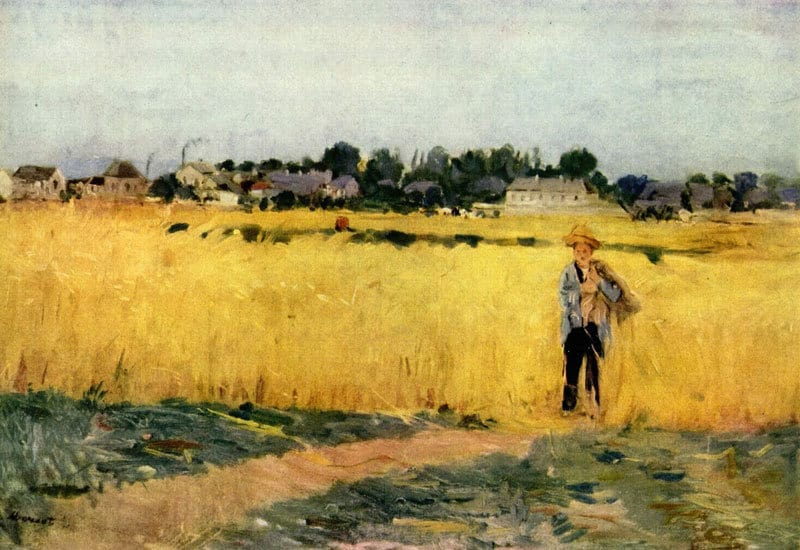
Félix Vallotton (1865 – 1925)
I would like to close this chapter with probably one of the most gifted Swiss artist, Félix Vallotton. He was born in Lausanne, and graduated with a degree in classical studies in 1882. That same year, he moved to Paris to study art under Jules Joseph Lefebvre and Gustave Boulanger at the Académie Julian. he started immediately by painting and carving. He also wrote quite a lot about art and became a respected art critic at his time. He usually depicted types rather than individuals, eschewed the expression of strong emotion, and a graphic wit with an acerbic if not ironic humor. Here a portrait of Paul Verlaine:
The 19th Century In Sculpture, Strong Foundations
This transition century also brought tremendous evolution to sculpture. We leave classicism to the past and symbolism takes over. Sculptures expresses concepts, feelings and become a true witness of the artist internal struggles.
Auguste Rodin (1840-1917)
Auguste Rodin is today seen as the preeminent sculptor at the turn of the century. As a Symbolist, Rodin often dealt with the thoughts, emotions, and sensations, evoked by his sculptures, in an intellectual and less obvious way than found in Romantic works from earlier in the century. Sculpturally, Rodin possessed a unique ability to model a complex, turbulent, deeply pocketed surface in clay. Many of his most notable sculptures were roundly criticized during his lifetime. They clashed with predominant figurative sculpture traditions, in which works were decorative, formulaic, or highly thematic.

The 19th Century In Literature, The World Belong to Dreamers
Literary realism is the trend, beginning with mid nineteenth-century French literature and extending to late-nineteenth- and early-twentieth-century authors, toward depictions of contemporary life and society as it was, or is. In the spirit of general “realism,” realist authors opted for depictions of everyday and banal activities and experiences, instead of a romanticized or similarly stylized presentation.
Edgar Allan Poe (1809 – 1849)
Edgar Allan Poe was an American writer, editor, and literary critic (which some people did not know). Poe is best known for his poetry and short stories, particularly his tales of mystery and the macabre. He is widely regarded as a central figure of Romanticism in the United States and American literature as a whole, and he was one of the country’s earliest practitioners of the short story. Edgar Allan Poe is generally considered the inventor of the detective fiction genre and is further credited with contributing to the emerging genre of science fiction.
Charles Baudelaire (1821 – 1867)
Charles Baudelaire was a French poet who also produced notable work as an essayist, art critic, and pioneering translator of Edgar Allan Poe. He expresses the changing nature of beauty in modern, industrializing Paris during the 19th century. Baudelaire’s highly original style of prose-poetry influenced a whole generation of poets including Paul Verlaine, Arthur Rimbaud and Stéphane Mallarmé, among many others. He is credited with coining the term “modernity” to designate the fleeting, ephemeral experience of life in an urban metropolis, and art’s responsibility to capture that experience.
Arthur Rimbaud (1854 – 1891)
He was a French poet who is known for his influence on modern literature and arts, which prefigured surrealism. Rimbaud was known to have been a libertine and a restless soul, having engaged in an at times violent romantic relationship with fellow poet Paul Verlaine, which lasted nearly two years. After the end of his literary career, he traveled extensively on three continents as a merchant. If there is one work you should keep from him, you need to read Illuminations. It is representative of the modern era that poetry got into. Romantism and realism were two strong allies of this new era.
The 19th Century In Music, Set Us Free
This end of the century, had also the arrival of amazing composers and musicians. A new artistic aesthetic, Romanticism, replaced the ideals of order, symmetry, and form espoused by the classicists of the late eighteenth century. Romantics valued the natural world, idealized the life of the common man, rebelled against social conventions, and stressed the importance of the emotional in art. In music, Romanticism, along with new opportunities for earning a livelihood as a musician or composer, produced two seemingly opposite venues as the primary places for musical activity—the large theater and the parlor.
Claude Debussy (1862-1918)
He was among the most influential composers of the late 19th and early 20th centuries. Claude Debussy was considered the first “impressionist” composer. Debussy’s orchestral works include:
- Prélude à l’après-midi d’un faune
- Nocturnes
- La Mer
- La Damoiselle élue
- Le martyre de Saint Sébastien
Claude Debussy was greatly influenced by the Symbolist poetic movement of the later 19th century. His music was to a considerable extent a reaction against Wagner and the German musical tradition. He regarded the classical symphony as obsolete and sought an alternative in his “symphonic sketches”
The 19th Century In Perfumery, Modernity At Last
It is really impressive to see how many tremendous changes operated in this 19th century. Getting rid of past weights to embrace a modern era became the mojo of many brilliant minds and creators. Perfumery is not an exception. While we were still living in a perfumery world based on old recipes (tentures, infusions, distillations…), a lot of research was made, especially in the field of synthetics and nature-like. German chemists allowed to improve by thousands, the quality and the diversity of molecules. From these evolutions, some of the most extraordinary fragrances were created.
Pierre-François Pascal Guerlain (1798-1864)
The House of Guerlain was owned and managed by members of the Guerlain family from its inception in 1828 to 1994. One man started this beautiful adventure: Pierre-François Pascal Guerlain. He opened his perfume store at 42, rue de Rivoli in Paris. As both the founder and first perfumer of the house, Pierre-François composed and manufactured custom fragrances with the help of his two sons, Aimé and Gabriel. Through continued success and the patronage of members in high society, Guerlain opened its flagship store at 15, rue de la Paix in 1840, and put its mark on the Parisian fashion scene. The success of the house under Pierre-François peaked in 1853 with the creation of Eau de Cologne Impériale for French Emperor Napoleon III and his Spanish-French wife Empress Eugénie. This perfume earned Pierre-François the prestigious title of being His Majesty’s Official Perfumer. In 1864, Pierre-François Pascal Guerlain passes away and let his two sons taking the leadership of the business. Manager and Perfumer’s roles were split: Aimé Guerlain became the second in-house perfumer after his father and Gabriel Guerlain the manager and the one who would take the Guerlain house to conquer the world. Aimé Guerlain created one of the most important fragrance in the Perfumery heritage today: Jicky. Introduced in 1889, it is the oldest continuously-produced perfume in the world. Nicky is an important fragrance as it was one of the first perfumes created with the addition of synthetic ingredients. It was also the first “abstract” perfume in history, meaning that the olfactory structure was not built around a single note but tend to express a “concept”. We can say that Jicky set up the parameters of modern perfumery.
The 19th Century In Architecture, A Contemporary Vision Of The World
Architecture was another field of expertise that made tremendous changes in this 19th century. New metal alloy and new techniques of construction, allowed outstanding projects to be built and that became references in Architecture. One interesting architect is worth mention.
Gustave Eiffel (1832 – 1923)
Alexandre Gustave Eiffel started his career by building several bridges for the French railway network but he is worldwide known for his unique creation: The Eiffel tower. This extraordinary project was built for the 1889 Universal Exhibition in Paris. Constructed from 1887–89 as the entrance to the 1889 World’s Fair, it was initially criticized by some of France’s leading artists and intellectuals for its design, but it has become a global cultural icon of France and one of the most recognisable structures in the world. The Eiffel Tower is the most-visited paid monument in the world with 7 million visitors every year.
The 19th Century In Watchmaking, Legends In The Making
This transition century was also a great year in watchmaking. Many small revolutions were preparing the incoming 100 years. Watchmaking would go from a simple hobby a few Swiss inventors would allow themselves to have into a glorious industrialized business. Two important names to mention here: Louis Clément François Breguet and Edouard Bovet.
Louis Clément François Breguet (1804–1883)
Louis Clément François Breguet, commonly called Louis Breguet, was educated in Switzerland, and was the grandson of Abraham-Louis Breguet, founder of the watch manufacturing company Breguet. He became manager of Breguet et Fils watchmakers in 1833 after his father Louis Antoine Breguet retired. He had two strong passions: one for watchmaking and another one for physics. Between 1835 and 1840 he standardized the company product line of watches, then making 350 watches per year, and diversified into scientific instruments, electrical devices, recording instruments, an electric thermometer, telegraph instruments and electrically synchronized clocks.
With Alphonse Foy, in 1842 he developed an electrical needle telegraph to replace the optical telegraph system then in use and a later step-by-step telegraph system (1847) was applied to French railways and exported to Japan. He also manufactured the rotating mirror Fizeau–Foucault apparatus, used by Léon Foucault and Hippolyte Fizeau to measure the speed of light (1850). In 1856 he designed a public network of synchronized electric clocks for the center of Lyon. In 1866 he patented an electric clock controlled by a 100 Hz tuning fork.
Edouard Bovet (1797–1849)
One very important name in Swiss watchmaking is Edouard Bovet. He was born in Fleurier, Neuchatel and he significantly contributed to the development of the Fleurier reputation and tag. While Geneva was compulsory for Swiss prestige name watches in the highest price bracket, Bovet contributed to rise Fleurier as a must have in the domain.

In 1818, he was sent to China, as a watch repairer, and with this experience he discovered the potential in terms of exports of Swiss high quality watches. In 1822, he creates his company, Bovet Fleurier, and started a tremendous business, mainly dedicated to very wealthy Chinese customers. During the 19th century any luxury wrist watch in China would be a Bovet. Edouard Bovet contributed to the development of Swiss watch making abroad and opened the doors of Asia to the Swiss brands. This is still a tremendous asset today.
The 19th Century in Science, A New World Awaits
Last but not least, the 19th century was a fantastic time for science. Everything was coming together to allow some of the most brilliant minds of all times to achieve amazing discoveries and bring step forwards to society. The 19th century also saw the birth of science as a profession. The word “scientist” was firstly used by William Whewell in 1833. This would replace the old term of “natural philosopher”. There are so many scientific inventions and breakthroughts that we cannot imagine it all happened during these specific 100 years.
- 1804: Morphine is discovered and isolated
- 1804: The first steam locomotive is created
- 1825: Aluminium is created
- 1826: The combustion engine is patented by Samuel Morey
- 1829: First electric engine is built
- 1837: The telegraph is invented
- 1841: The word Dinosaur is coined by. Richard Owen
- 1842: Anaesthesia is used for the first time
- 1859: Charles Darwin publishes his book Origin of Species
- 1863: The first section of the London underground opens to the public
- 1867: Alfred Nobel invents Dynamite
- 1877: Thomas Edison invents the Phonograph
- 1879: Thomas Edison tests the first lightbulb
- 1885: Louis Pasteur invents the first vaccin against rabies
- 1886: Karl Benz sells the first commercial automobile
- 1889: Aspirin is patented
- 1894: Karl Elsener invents the Swiss Army Knife
There are other great people who started their work in the 19th century and who brought tremendous breakthroughs. We can name people like Nikola Tesla, Carl Friedrich Gauss, Alessandro Volta or Marie and Pierre Curie. All these names have contributed to create the cradle in which our modern society was forged.
The 19th century is by far my preferred one hundred years. It was a moment in time during which we would have the feeling everything was possible. Never a century has seen so many border-crossing between artistic and scientific disciplines. Amazing people had multiple hats and used to share knowledge much more than what we share today. Feel inspired by these inspiring people and hopefully this article made your day.
Jose Amorim
Info sourced by the author for luxuryactivist.com. All content is copyrighted with no reproduction rights available. Images are used for illustration purposes only.
